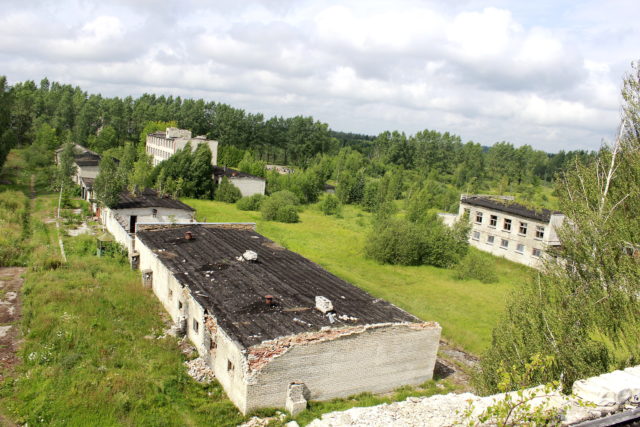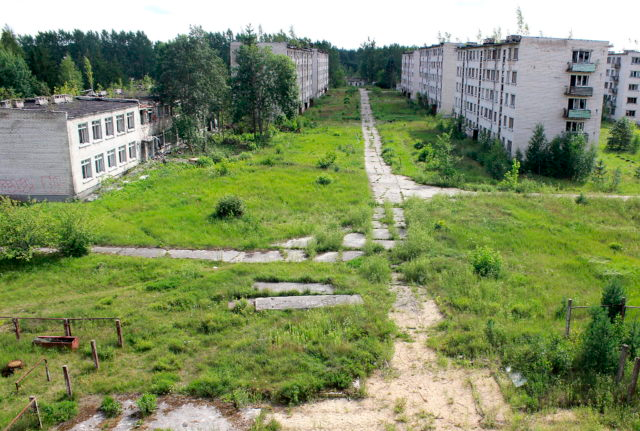Three miles north of the ordinary town of Skrunda in Latvia is an abandoned secret Soviet radar complex called Skrunda-1.
During the Cold War, the Soviet Union built more than 40 hidden settlements exclusively for secret research operations and military purposes.
These covert towns, which didn’t appear on any map, received a unique code name which consisted of the name of a nearby city and number.
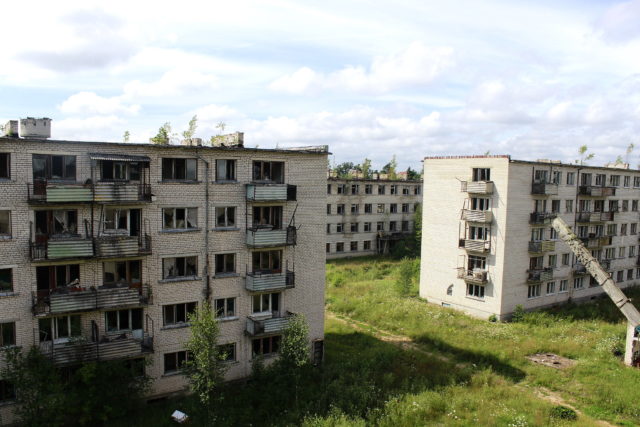
Skrunda-1 was built in 1963. It is a military base spread over 100 acres and once included two Dnepr radar installations that served as an early warning system during the Cold War.
Construction had also begun on a Daryal radar but the structure was never completed.
*Because of its strategic location, at the edge of the western end of the Soviet Union, the two Dnepr stations (referred to as “Hen House” by NATO) covered most of Western Europe.
They tracked objects in space as well as incoming aircraft from the west, and all information collected was sent to Moscow.
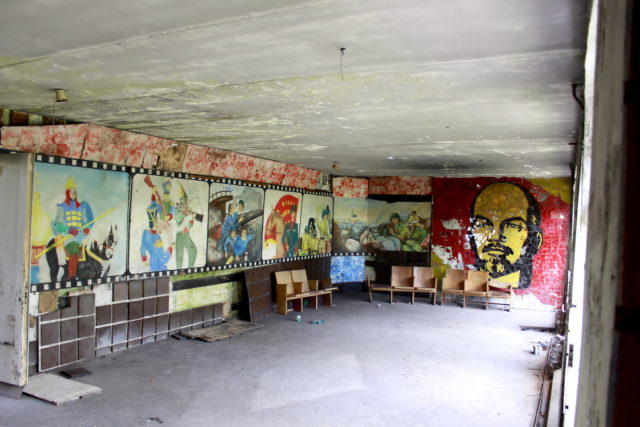
At the peak of the town’s use, it had a population of 5,000. Skrunda-1 consisted of ten residential apartment blocks for Soviet soldiers and their families, and had all the amenities of a normal town, such as a school, gymnasium, theater, administrative buildings, and factories.
Of course, given its military nature, Skrunda-1 also included military barracks, machine workshops, underground bunkers, a water tower, and pumping stations.
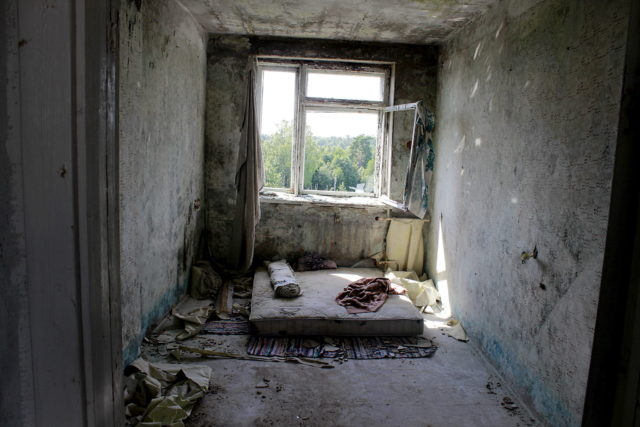
The Soviet Union collapsed in 1991 and in February 1994, the governments of Latvia and Russia entered into discussions on further actions that needed to be taken in relation to the radar station.
The Latvians were keen on the withdrawal of all Russian soldiers from their independent republic.
Two months later, the countries signed an agreement that governed the operation of Skrunda-1 over the next four years.
It was a condition that after four years, Russia was obliged to dismantle the station within 18 months. The deadline for dismantling was February 29, 2000.
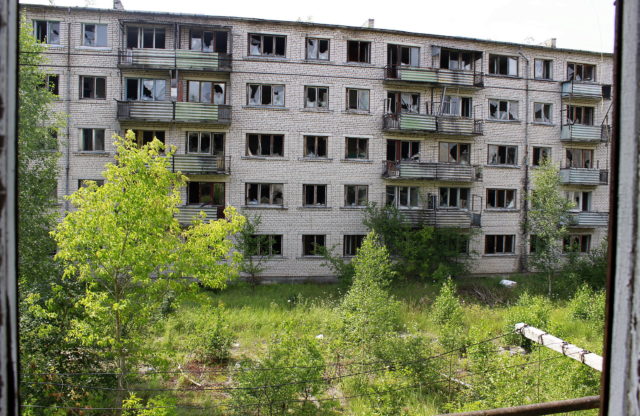
On May 5, 1995, a 19-story building in Skruda-1 housing the Daryal radar system was blown up.
The demolition was carried out by an American company and some reports state that the seven million dollars necessary for the demolition was supplied by the US, the Soviet Union’s main nuclear rival.
The demolition was such a spectacle that many Latvians congregated in the surrounding roads and fields to watch, and the event was even televised.
In August 1998, Russia turned to Latvia with a request to extend the lease for two years. They wanted to wait until a new station in Belarus had been completed so they could transfer all equipment from Skrunda-1 to there.
Latvia refused the request and so, on September 4, 1998, the station was finally closed.
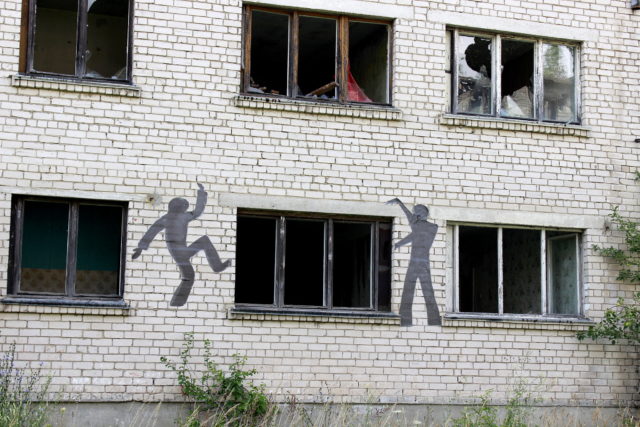
The last resident left the city in 1999. Any valuable materials that could be transported were sent back to Russia. All that was left behind were 60 buildings and the detritus of abandoned lives including forgotten photographs, furniture, toys, and clothing.
Since the Latvian government was unable to allocate funds for the demolition of buildings, they remain, surrounded by forest and slowly rotting away.
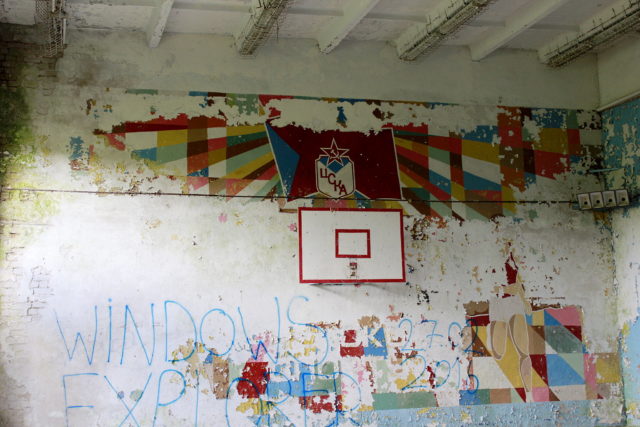
In February 2010, the Latvian government decided to put Skrunda-1 up for sale and managed to sell the entire 100-acre site at auction for 2.2 million euros.
However, both the buyer and the reserve buyer pulled out. As a result, the site was auction again in June 2010 and sold for 240,000 euros.
Over the course of five years, the buyer made no changes at all to the site. Consequently, in January 2015, the Latvian government decided to retake control of the crumbling city.
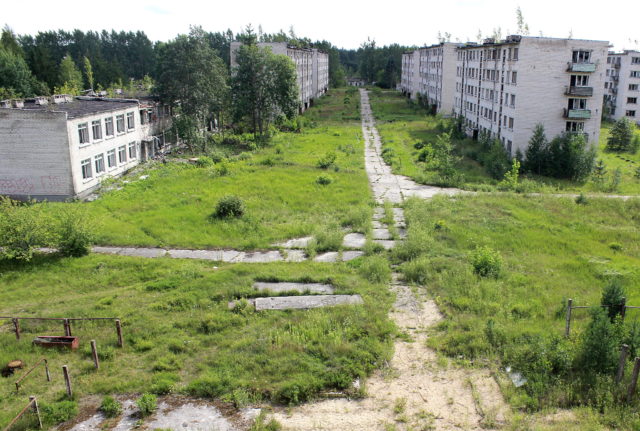
The municipality of the nearby town of Skrunda acquired the territory for 12,000 euros. Part of the land was transferred to the Latvian National Armed Forces to be turned into a military training ground.
The municipality had plans to lease the other part to investors with the stipulation that they develop the site which included creating jobs and infrastructure.
They’d hoped to attract investors involved in tourism and manufacture but no offers were forthcoming.
In the meantime, some of the most dilapidated abandoned buildings were demolished. As the site began to be a draw for curious tourists, the municipality decided in February 2016 to charge an entrance fee of 4 euros to individuals who wished to look around.
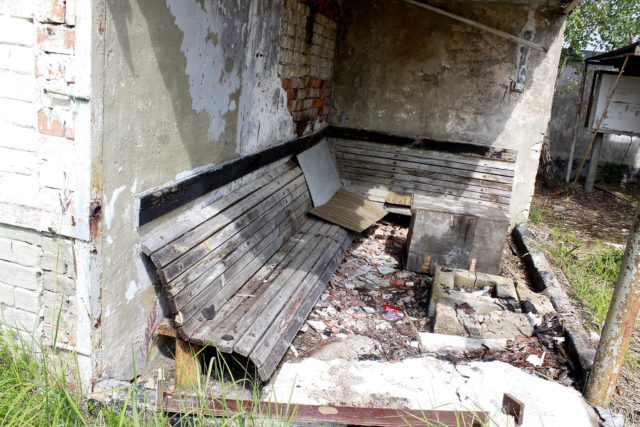
It seemed possible that Skrunda-1 might be regenerated like the Aluksne Nuclear Missile Base which is now a tourist destination offering activities such as paintballing
. However, just over two years later on October 21, 2018, the former Soviet Skrunda-1 radar station was closed to civilians and the area came under military control.
A big thank you to Adomas Daunoravicius for taking these shots of such a unique location. You should check out his Flickr account where you can find a lot of interesting photos of planes etc.
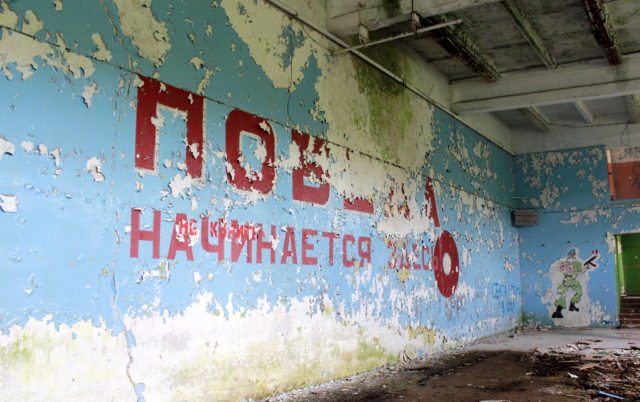
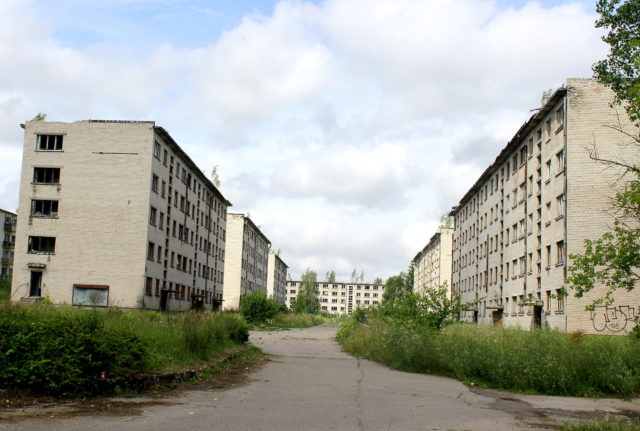
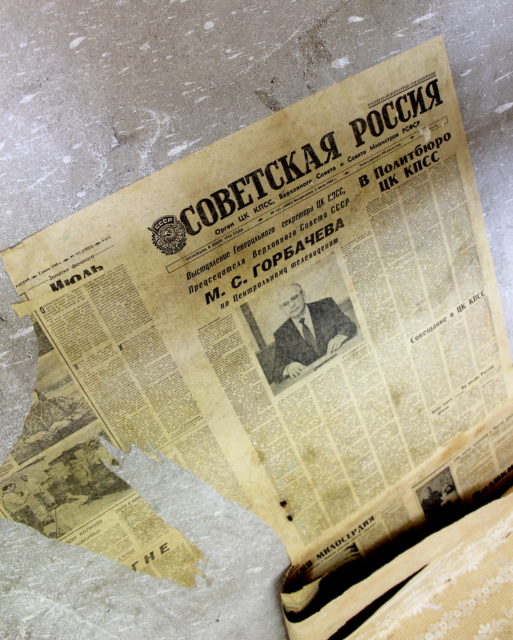
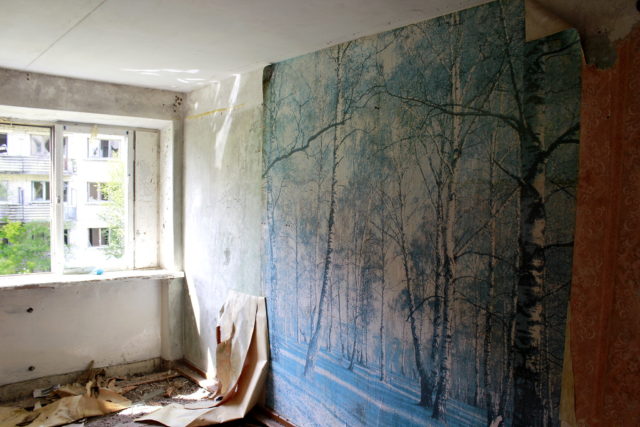

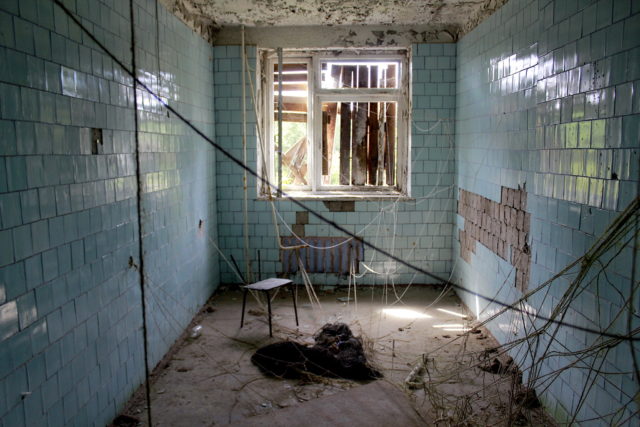
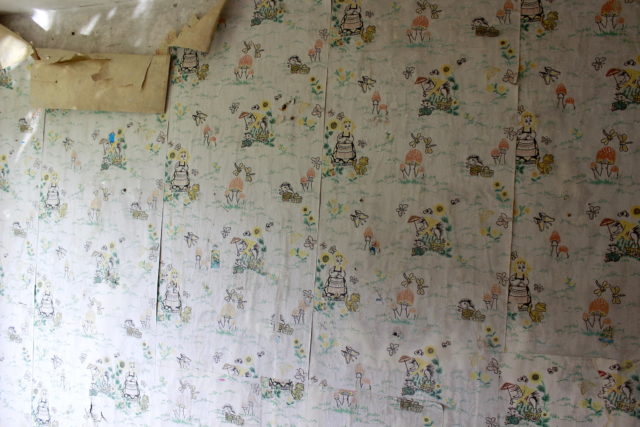
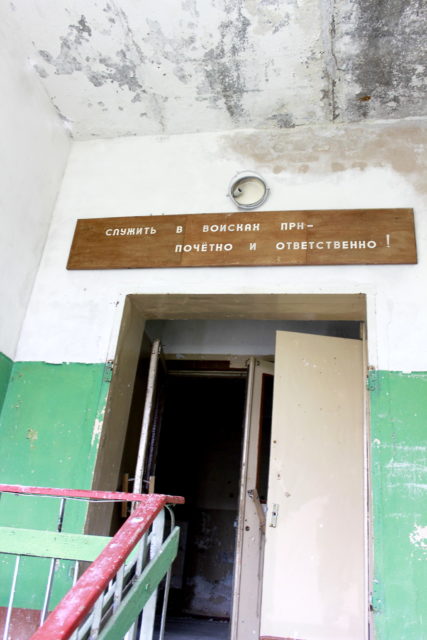
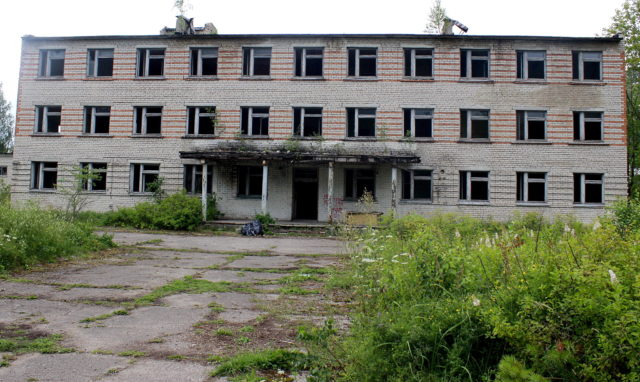
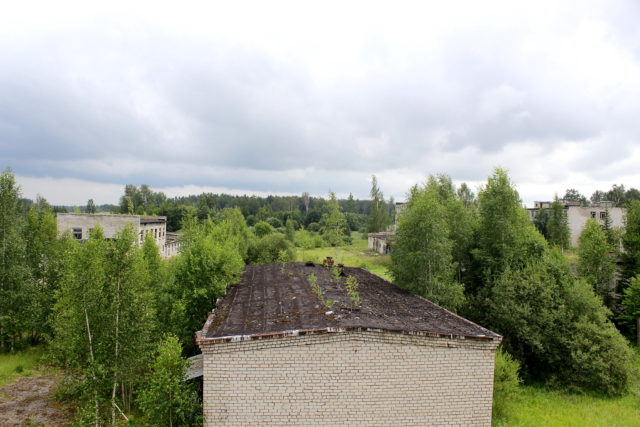
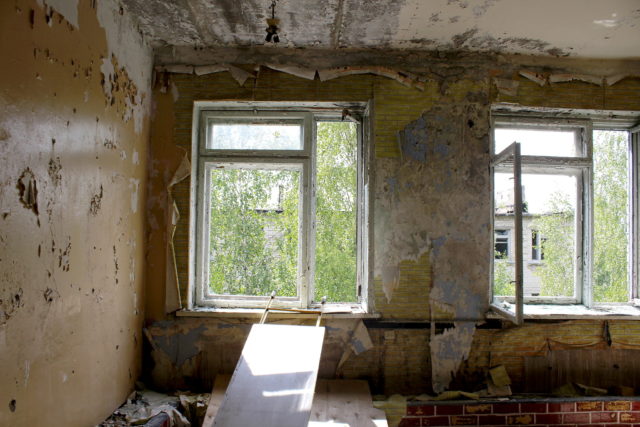
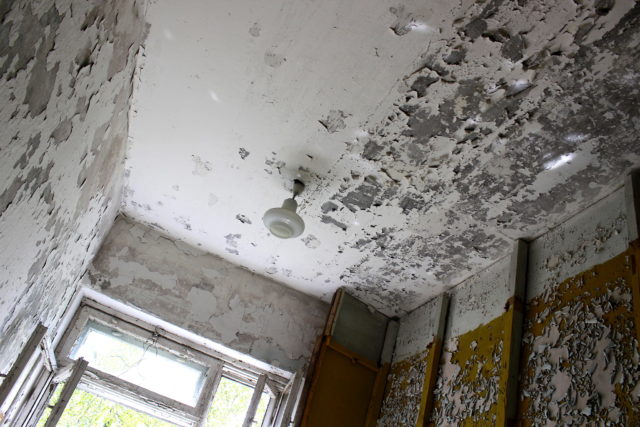
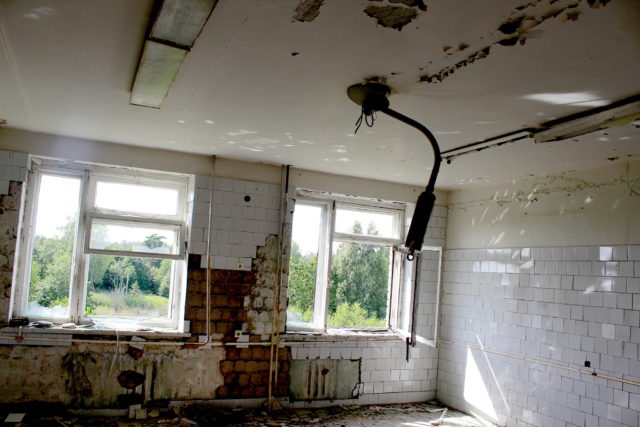
The Abandoned WW2 Military Complex in Germany
